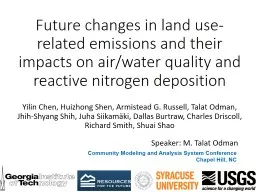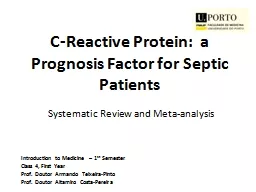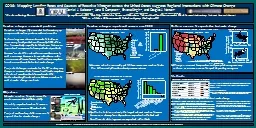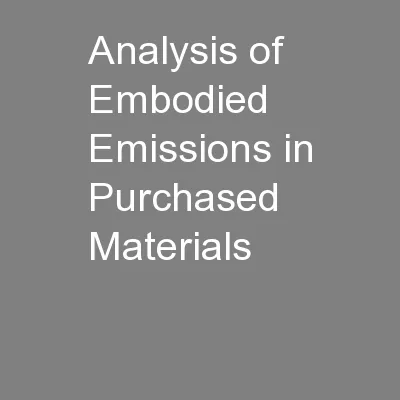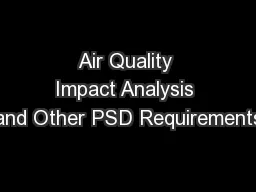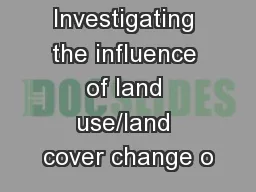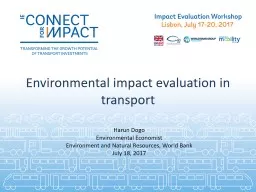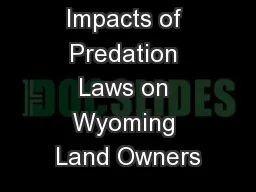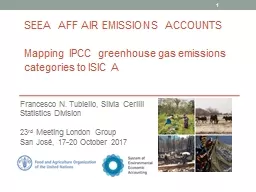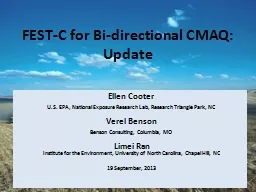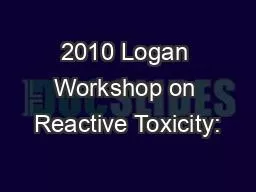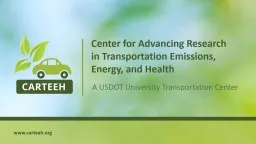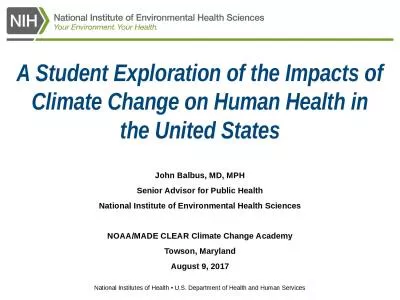PPT-Future changes in land use-related emissions and their impacts on air/water quality and
Author : celsa-spraggs | Published Date : 2018-11-09
Yilin Chen Huizhong Shen Armistead G Russell Talat Odman JhihShyang Shih Juha Siikamäki Dallas Burtraw Charles Driscoll Richard Smith Shuai Shao Speaker
Presentation Embed Code
Download Presentation
Download Presentation The PPT/PDF document "Future changes in land use-related emiss..." is the property of its rightful owner. Permission is granted to download and print the materials on this website for personal, non-commercial use only, and to display it on your personal computer provided you do not modify the materials and that you retain all copyright notices contained in the materials. By downloading content from our website, you accept the terms of this agreement.
Future changes in land use-related emissions and their impacts on air/water quality and: Transcript
Download Rules Of Document
"Future changes in land use-related emissions and their impacts on air/water quality and"The content belongs to its owner. You may download and print it for personal use, without modification, and keep all copyright notices. By downloading, you agree to these terms.
Related Documents

